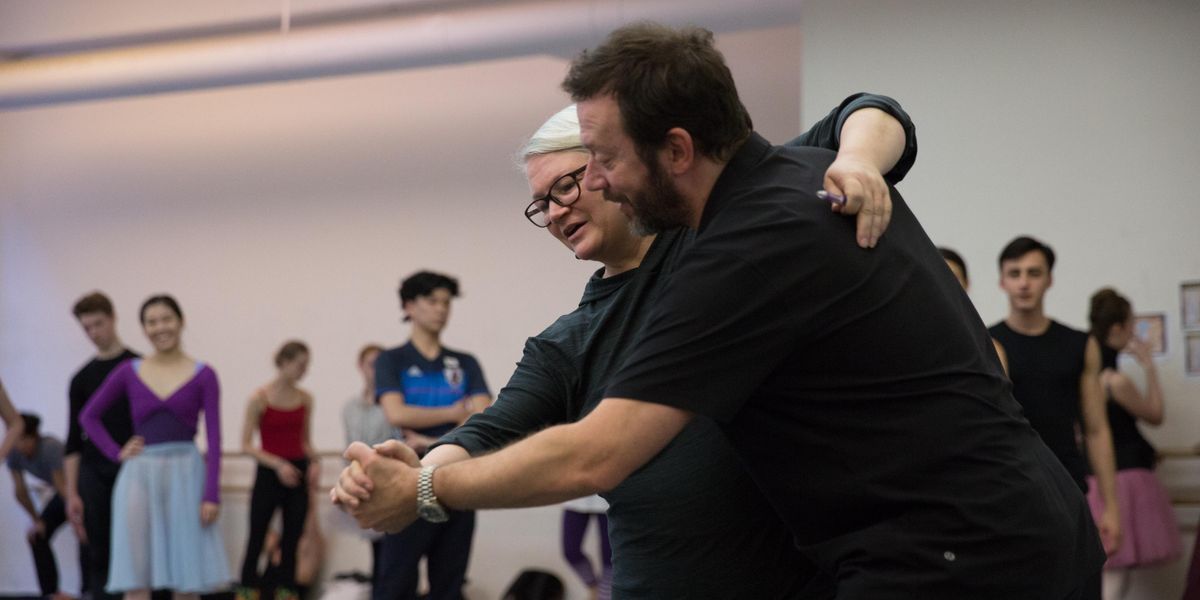How to Succeed in Dance, According to a 50-Year ABT Vet
What does it take to succeed as a dancer? Susan Jones—the American Ballet Theatre regisseur who first joined the company as a dancer on January 11, 1971—has 50 years of experience in watching what it takes to create a fulfilling ballet career.
Jones was first hired by ABT co-founder Lucia Chase when the company needed a short woman for the corps. She spent eight years as a dancer, performing roles like the Cowgirl in Agnes de Mille’s Rodeo, and began transitioning to the artistic staff in 1976 while assisting Twyla Tharp in Push Comes to Shove. “Twyla believed in me from the beginning as a répétiteur,” Jones says. Later, Jones spent two and a half years personally reviving Tharp’s Bach Partita for ABT. She was also in the room while Natalia Makarova first set the epic Shades scene from La Bayadère on ABT, and Jones has since staged the ballet on other companies around the world.
Maybe more than anything, Jones has been a trusted right hand for three artistic directors, guiding and coaching multiple generations of corps dancers at the company. As she celebrates her 50-year milestone, Dance Magazine decided to pick her brain about what she’s seen as the key elements of success.

What do you believe is the biggest indicator of whether a dancer will thrive in the company?
“Work ethic. When you see a diligent worker who grasps every detail and wants to not just understand what the movements are, but understand the style of something, and has that coordination and muscle memory for consistency, they can really absorb what’s being said. They may not always become principals, but they have most rewarding careers. Someone who’s physically gifted, blessed with an incredible facility, they often have to learn how to work, whereas someone that has a few limitations is going to work so much harder and succeed on a different level.”
Are there any common mistakes you see new dancers make?
“They’re so afraid. If I could erase their fear, I would. It prevents them from being responsible for their career. Of course it takes time. Naturally, you’re nervous when you’re learning so much material and you’re surrounded by these incredible dancers, when you’ve dreamed about working in this place and there you are. But dancers tend to shy away from communicating or feel they can’t. Dancers have such a short time to do what they love—I wish they would come to us. If you have an issue, don’t stew on it, don’t talk with other dancers about it, don’t invent reasons why it happened, just ask us. The artistic staff cares first and foremost about the dancers.”
How did your perspective change when you transitioned from dancer to artistic staff member?
“I remember vividly being in the front of the room that first time, and it suddenly felt like the blinders were removed. I remember Lucia walking into the studio and I could see every dancer tunnel vision onto her. It was a revealing moment. I wish I had known before that you don’t have to be so tunnel visioned, that you can take in the rest of the world.”
What advice do you have for dancers just starting their careers right now?
“I watched the Studio Company dancers and apprentices on Zoom class the other day, and they were working so hard— some of them with no space. If you have this burning desire to dance, you have to figure out a way to stay inspired. Read about ballet if you can’t do it. Watch videos. Keep the flame burning. Right now I’m reading Joel Lobenthal’s book about Patricia Wilde, who was instrumental in my career—she was a ballet mistress for ABT, came to our showings when I was in Joffrey II, and told that director, ‘You know, ABT needs a small girl.’ ”
Any last thoughts you’d want to share?
“I just want to express gratitude to the people who have supported me over the many years, to Ballet Theatre, for being my family away from home. And most of all to the hundreds and hundreds of corps de ballet ladies I’ve had in my charge that I love and that I miss.”





